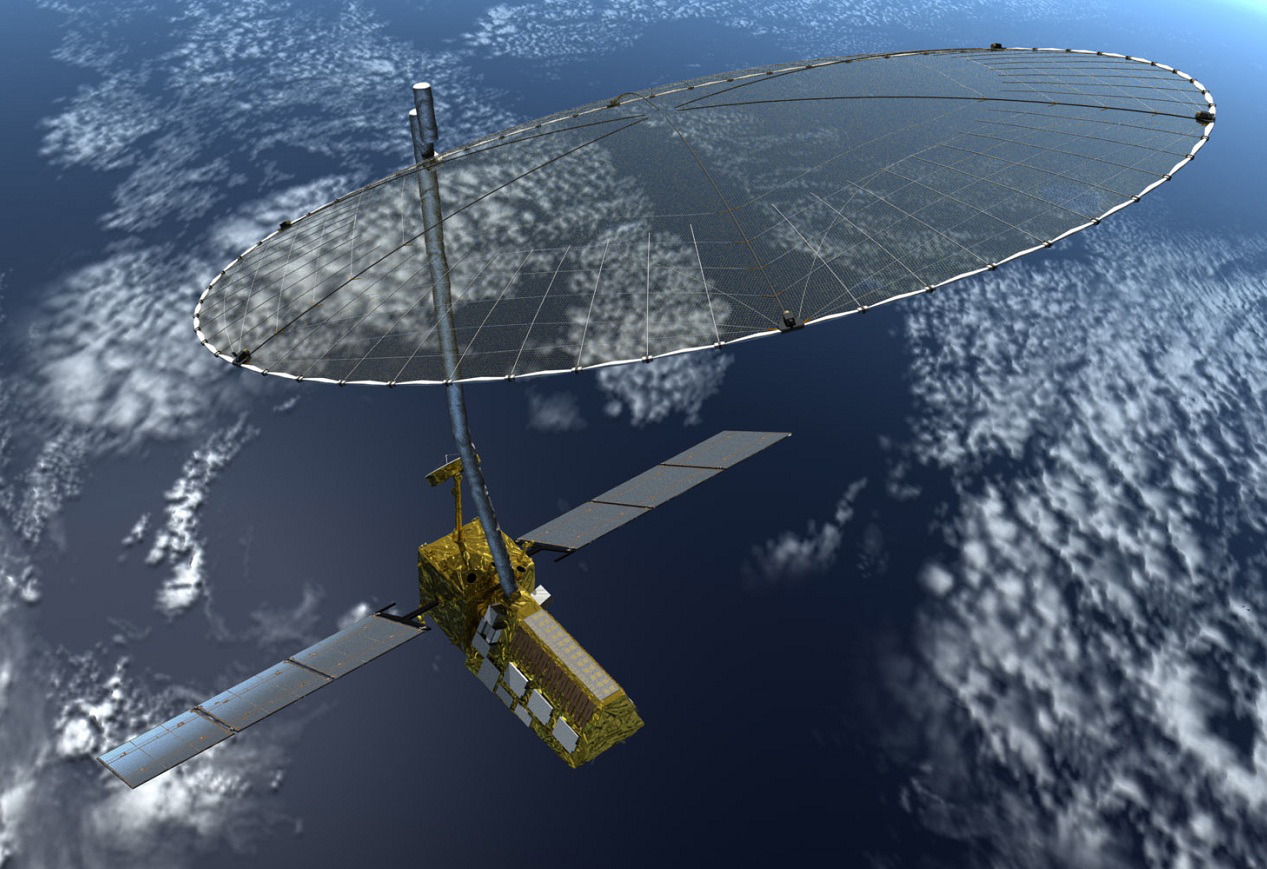Dr Jitendra Singh, the Union Minister of State for Science & Technology, announced in the Rajya Sabha that NASA and ISRO have collaboratively built an earth science satellite called NISAR (NASA-ISRO Synthetic Aperture Radar). The satellite’s primary objectives are to design, develop, and launch a dual-frequency (L and S band) radar imaging satellite, and to explore new application areas using L & S Band microwave data, particularly in surface deformation studies, terrestrial biomass structure, natural resource mapping and monitoring, and research on the dynamics of ice-sheets, glaciers, forests, oil slicks, etc.
About the NISAR Satellite
The NISAR satellite has an I-3K bus and a SAR instrument that uses the innovative Sweep SAR technique. It operates in both L and S bands and has a polarimetric configuration, providing a broad swath and high resolution. The satellite will travel in a sun-synchronous orbit at a height of 747 km and an inclination of 98.4 degrees, completing a 12-day cycle. NASA is responsible for providing the L-Band SAR payload, high-precision GPS, and a 12m unfillable antenna, while ISRO is responsible for the S-Band SAR payload, spacecraft bus, and launch facilitation. As of February 2023, ISRO has spent Rs. 469.40 Crore on the realization of the NISAR satellite, excluding launch costs.





